Hello! Continuing from our last issue, we show a case study of sake brewers’ entry into a different industry. In this issue, we introduce about the production of matches by the Tatsuuma-Honke Sake Brewery.
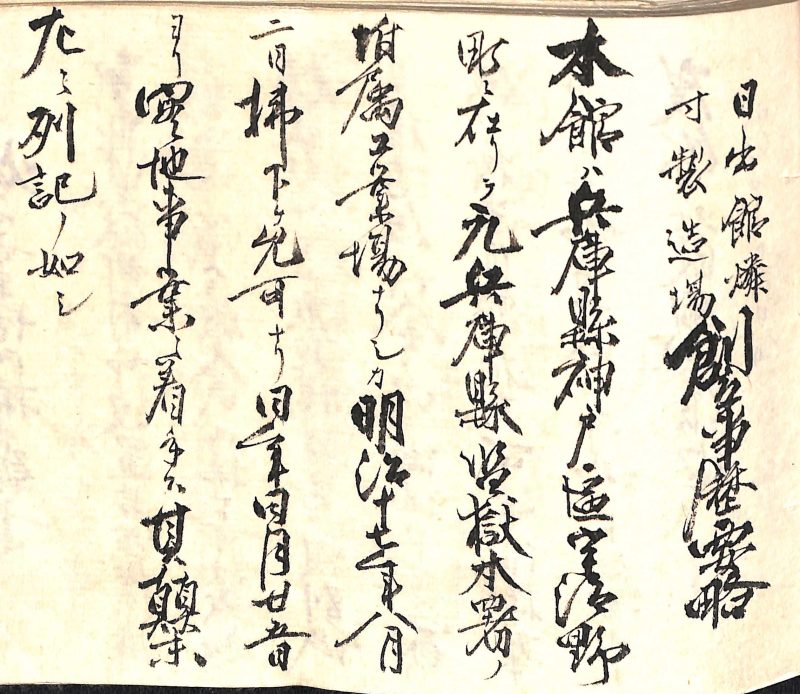
The production of matches by the Tatsuuma-Honke Sake Brewery began when the match factory attached to a prison in Kobe was sold to the Tatsuuma family. This factory was the first one in Hyogo prefecture, which started operation in 1877, and inmates produced matches. However, in 1881, the handling of hazardous materials in the prison was prohibited and operations were suspended. Then, it was sold to the Tatsuuma family in 1884, in July of the same year, match production in Kobe began under the name of Hinode-kan.
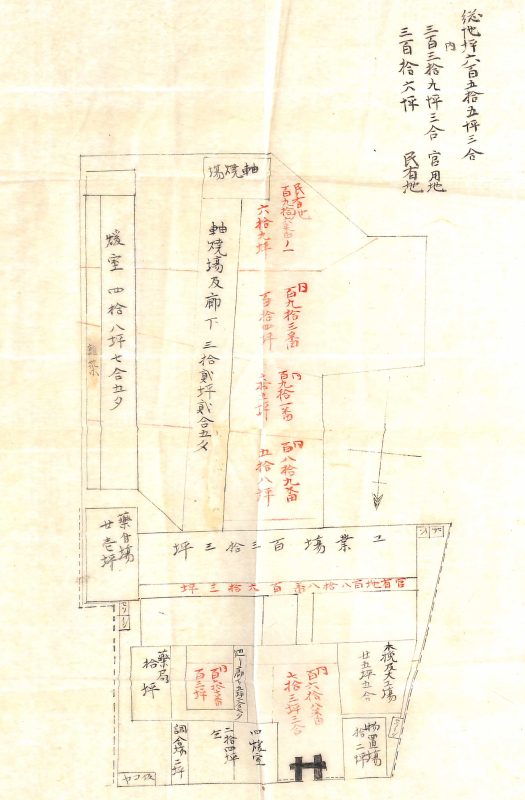
Matches production in Hinode-kan was a joint venture with three other members of the Tatsuuma family. And one of them, Nakajima Shigenori, a member of the Tatsuuma family, became the director of the factory, which operated until 1891. Based on the skills of matches production, the new factory named Nisshin-kan was also founded in Nishinomiya in 1887. Nisshin-kan was developed through the establishment of annexes.
The headquarters of the brick manufacturing department of the Tatsuuma-gumi, which we introduced in the previous issue, was in the Nisshin-kan, and it is possible that this was the base for the Tatsuuma family to oversee new modern businesses. In the sake brewing industry, rice was also being milled by steam engines in Nishinomiya from this time. Coal is needed to operate steam engines, but coal is also needed to operate machines in match manufacturing, so perhaps there was an affinity between the sake brewing industry and match manufacturing. Among the related historical documents, a figure of a machine for crushing coal has been remained.

Well, when we see the design of the matches produced in Hinode-kan and Nisshin-kan, we can notice that many of them are written in English. At that time, match production was most active in Hyogo Prefecture, and many domestic matches from the mid-Meiji period onwards were produced as exports. It seems that matches made at the Hinode-kan and Nisshin-kan were also exported to China through overseas Chinese in Kobe.

In this issue, we introduced about the production of matches by sake brewers. The main sales channel for them was overseas, but at the same time they were seeking overseas sales channels for sake. We will continue to consider how match production relates to the business of sake brewing.
We look forward to seeing you next month!

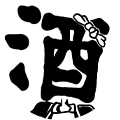
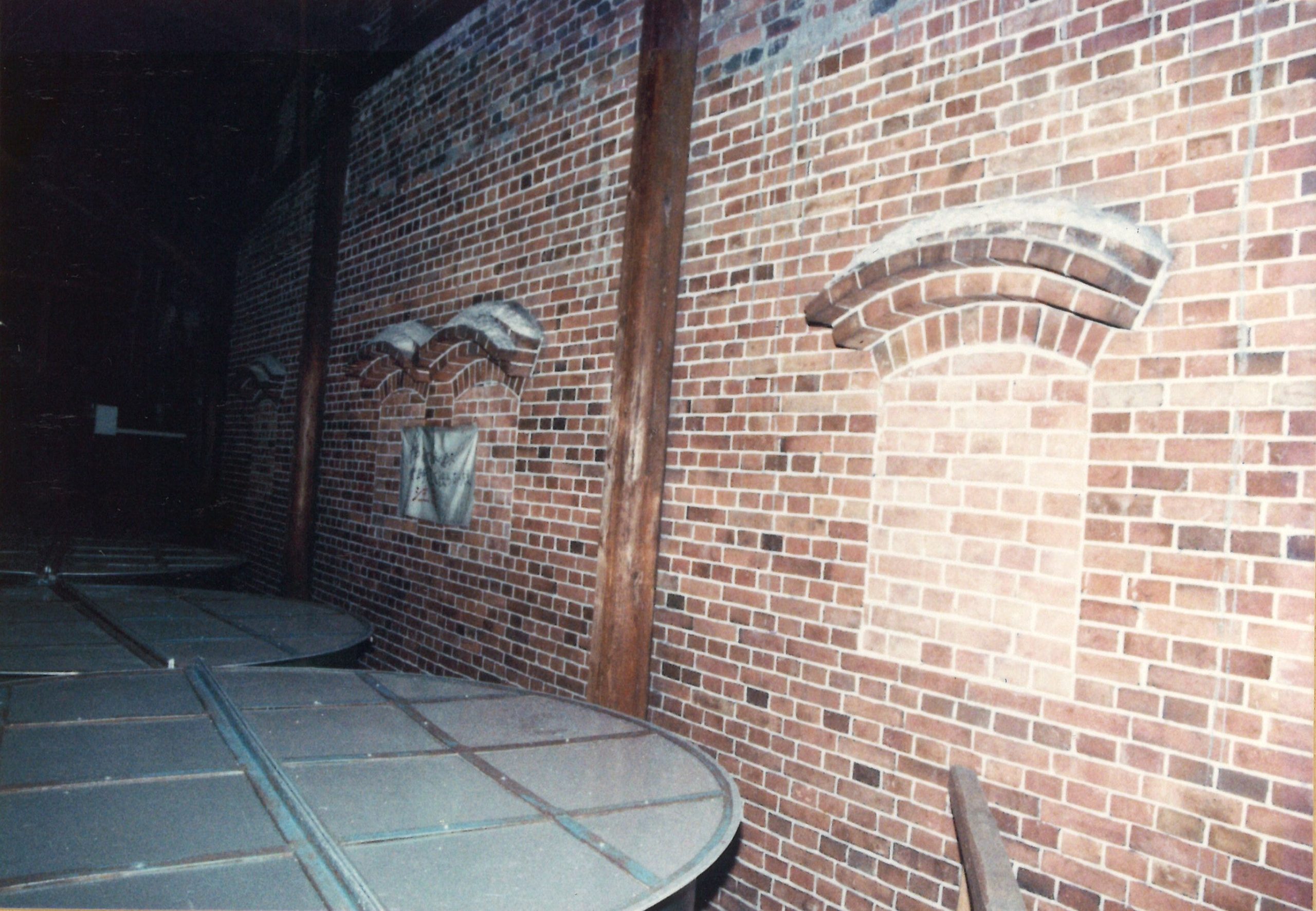

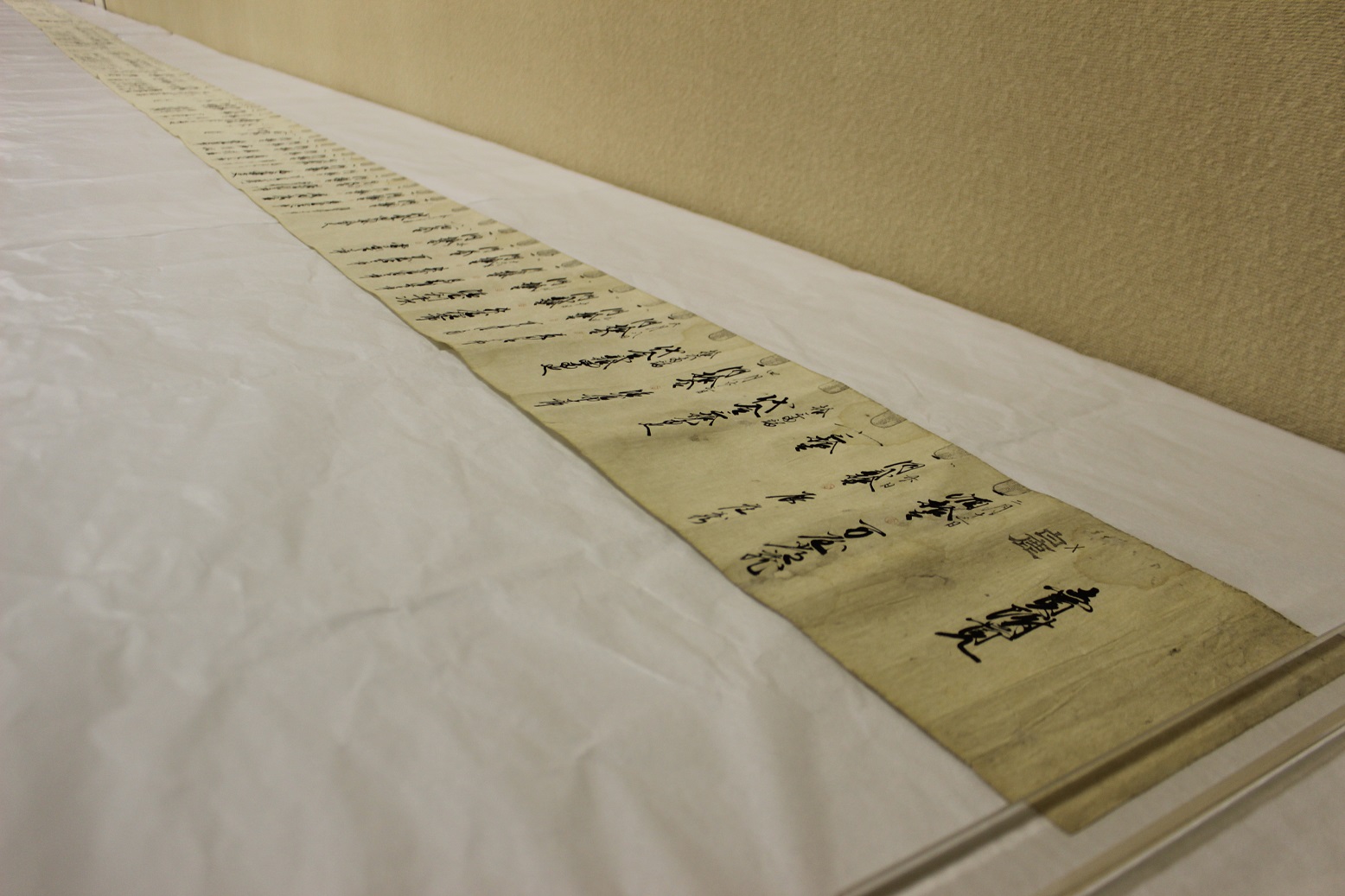
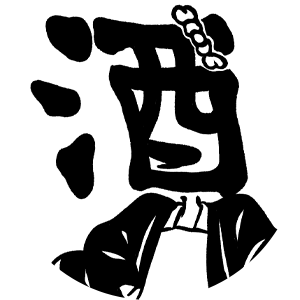
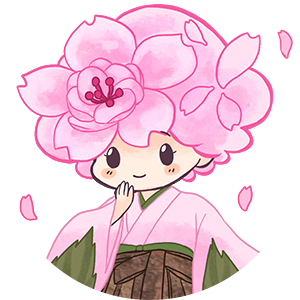
They also had the courage to start a new business!